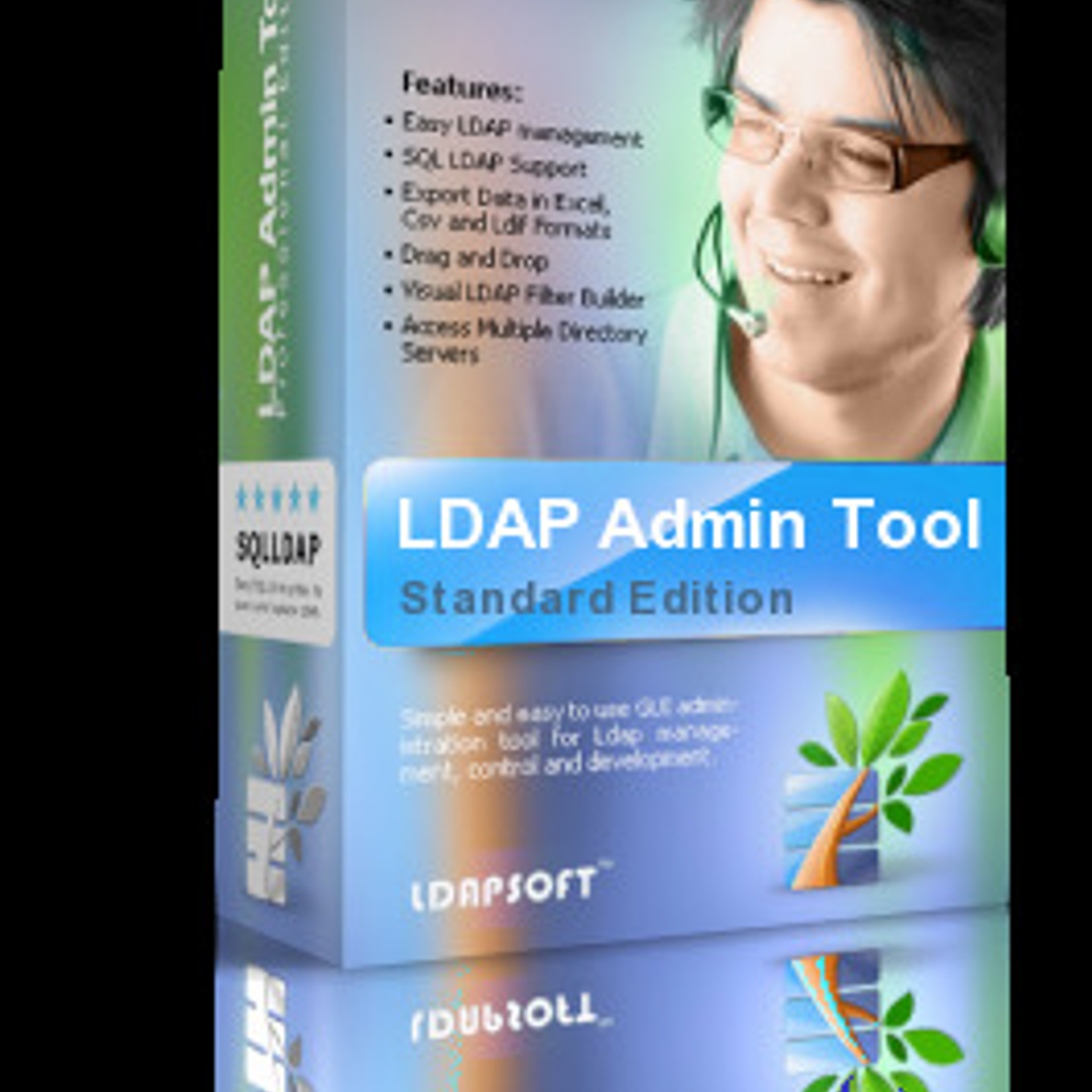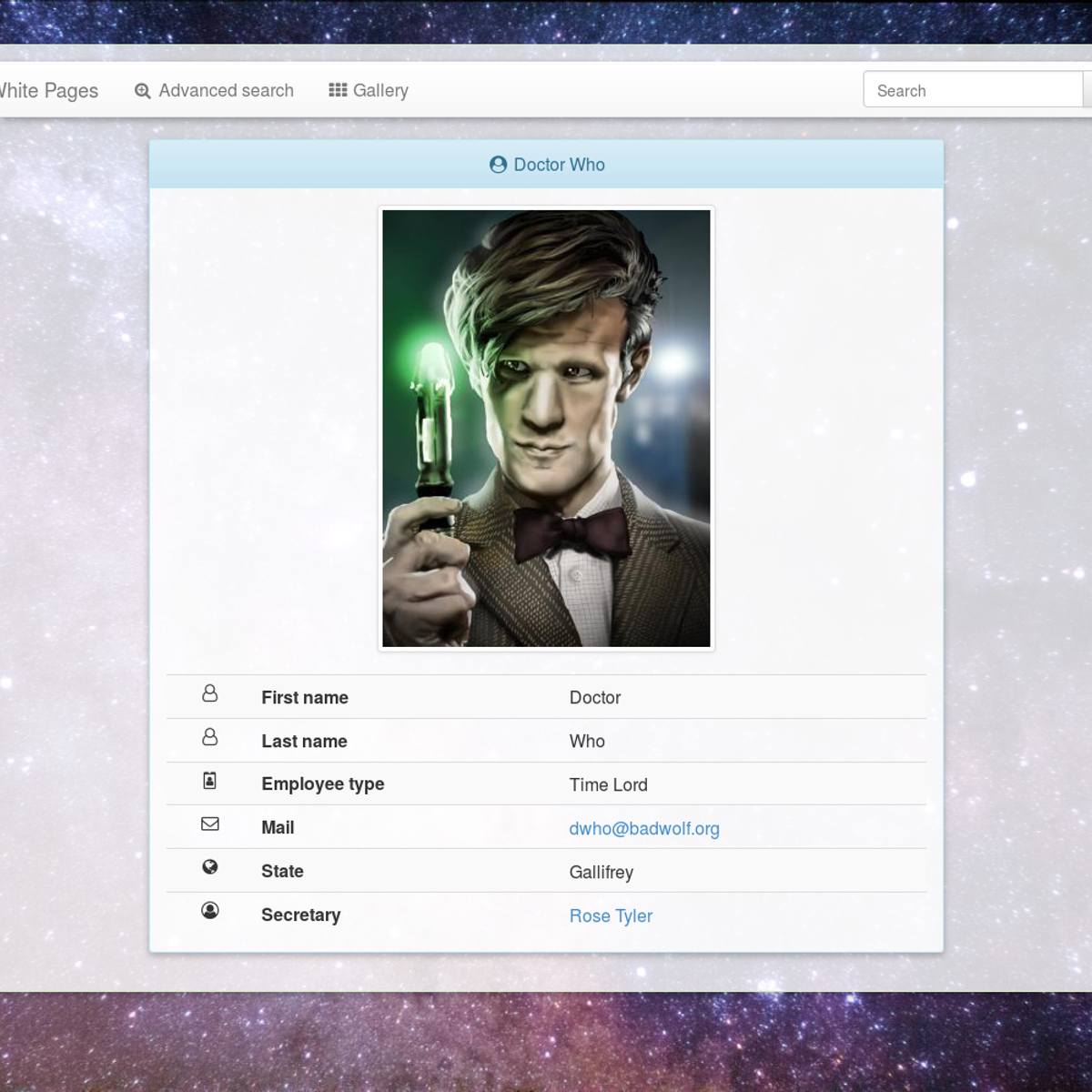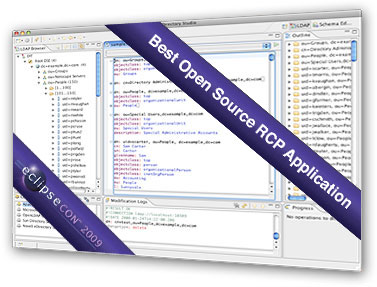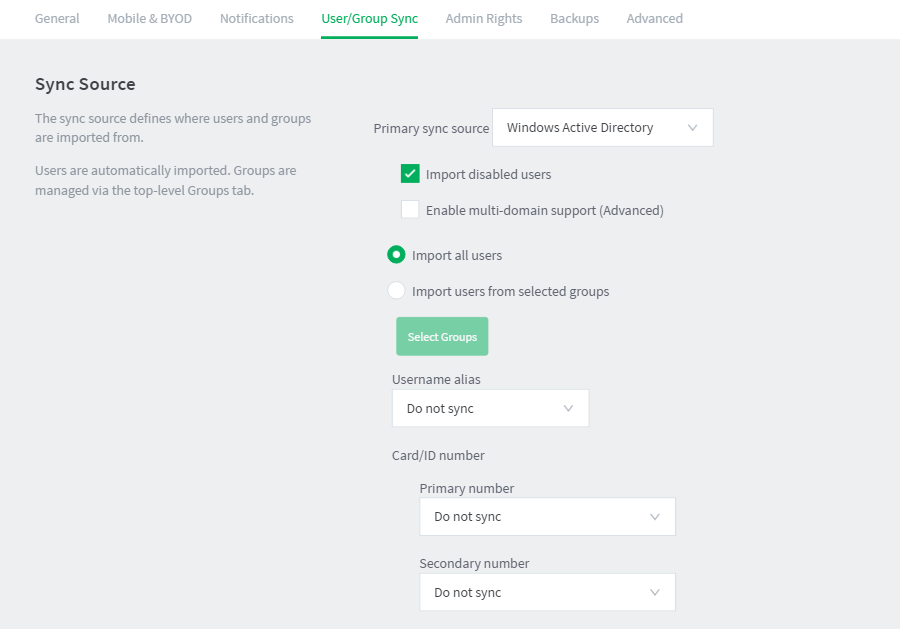
LDAP Browser For MAC LDAP Admin Tool, a ldap and active directory browser and editor is a graphical tool designed to provide a user friendly environment in which to connect to any ldap aware directory server, modify data, run queries, export and print data. Just got this worked out and except for a few Mac OS caveats it works great. If you’re looking to use Azure AD user accounts to manage local logins to Mac OS devices this will do the trick. Suggestions for improvements welcome. Configure Secure LDAP (LDAPS) for an Azure AD Domain Services managed domain.

Active Directory (AD) is one of the key tools that IT teams use to organize corporate network infrastructures. This includes all their assets and users. It helps manage domains, identities, user groups, and protected content for user accounts. For inconsistent IT environments (ones with both Windows and Mac®), it has the disadvantage of being a Windows solution. Because of this, admins face challenges when working with Mac clients—not all features and instructions work for Mac. Apple® uses its own implementation of the Lightweight Directory Access Protocol (LDAP) standard to connect Mac devices to AD servers or domain controllers: Open Directory. This means that admins lack important features of Active Directory. For example, group policies have no effect on Mac computers. Group Policies are a common feature that allows admins to regulate a range of user rights.
Connecting Mac Devices via Active Directory
However, Mac devices can be connected via Active Directory. Apple offers their Directory Utility to accomplish this. It enables administrators to integrate Mac clients into an existing AD environment. Once the Mac clients are integrated via AD, at least some policies take effect for these clients. Examples include policies for domain passwords and identical user and domain login credentials, along with protected resource authorization. Another alternative for connecting a Mac with a domain controller is to choose the „Users & Groups“ option in the system settings under „Login options“ >„Network account server”. In practice, however, configuring Mac clients manually one by one using Active Directory is not ideal.
Integrating Mac clients into an Active Directory network


Using Microsoft SCCM and Parallels® Mac Management for Microsoft® SCCM is a significantly easier way for administrators to integrate Mac clients into an Active Directory network. The SCCM Active Directory System Discovery tool automatically identifies new Mac devices on the network. And then installs the Parallels Mac client software on them. Check out the “Installing Parallels Mac Client Using Discovery Methods” section of the Administrator’s Guide for a detailed description of how this works.
Learn more about how to manage Mac devices like PCs with Parallels Mac Management in our weekly Webinars. Register now for free!
Links:

Ldap Tool For Mac Shortcut
Apple Support | Directory Utility User Guide
Stackexchange | Active directory on MacOS